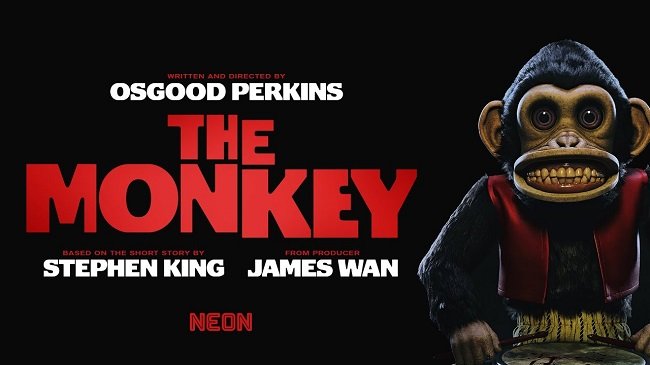White Noise (2005)
Successful writer Anna Rivers (Chandra West) goes missing prior to the launch of her new book. Shortly after, her car is found abandoned by the roadside and her body is discovered in the harbour. The Police conclude that there's been a tragic accident. Her husband, architect Jonathan Rivers (Michael Keaton), is devastated by her loss. When he is approached by Raymond Price (Ian McNeice), who claims he has recorded messages from Anna through electronic voice phenomena (EVP), Jonathan is both sceptical and angry. However, his curiosity eventually gets the better of him and he meets with Raymond and quickly becomes immersed in EVP phenomenon. As Jonathan experiments with EVP recording he begins to discern messages from the dead. However, it soon becomes apparent that these communications are of a precognitive nature and that there are more sinister forces at work.
White Noise is a slick and glossy production, sporting a modern clean aesthetic that reflects the world of its central character. Much of the story takes place in Jonathan’s home which is a brightly lit, glass palace. The visual style along with the use of what was contemporary technology effectively juxtapose the arcane nature of the supernatural. In this film the shadowy forms of the dead appear on TV screens and monitors, instead of dimly lit corridors. It’s an interesting divergence from typical ghost story tropes but it alone cannot sustain the story. Pretty much everything else about White Noise is formulaic and predictable. That’s not to say that the production is poorly constructed. Director Geoffrey Sax keeps proceedings on track and the story doesn’t out stay its welcome. It’s just that there’s very little that’s different on offer. Keaton and the rest of the cast rely on their acting personas to keep the audience engaged, as all characters are not especially well defined.
It is not easy to quickly and efficiently establish a loving relationship in the first act of a film, and make it seem natural. It requires subtle writing and a talent for focusing on the little things that we share daily with our loved one, to imbue such scenes with a sense of credibility. You’ll find it in Poltergeist (1982) and its depiction of the Freeling family. In White Noise, the opening scenes that try and convey the love between Anne and Jonathan just seem contrived and perfunctory. Hollywood’s predilection for alway making successful, white, middle class men the protagonist in most films, is also an impediment when it comes to generating emotional investment. Beyond the superficial, IE a man who is grieving, it is not difficult to warm to Jonathan Rivers. He’s not a bad man, just a bland one. The way he sidelines his young son due to his growing obsession is hardly endearing either.
Fifteen years on, despite its visual style, White Noise already seems somewhat dated. The continual advance of technology being every film’s Achilles’ heel. It’s quite nostalgic to return to a world filled with CRT TVs and monitors, MiniDiscs, Nokia phones, audio cassettes and VHS tapes. But beyond this minor appeal, the film is underdeveloped and lacking in distinguishing attributes. The story as it is, would be better suited as an episode of The Twilight Zone. The scares are mainly of the “quiet, quiet, loud” variety and any unpleasantness falls squarely into the shallow end of the PG-13 rating. If you want a straight forward, uncomplicated, horror-lite supernatural tale, then White Noise may well scratch that itch. But for genre enthusiasts, this is a somewhat indifferent film, which is possibly a bigger failing than being a bad one.




























